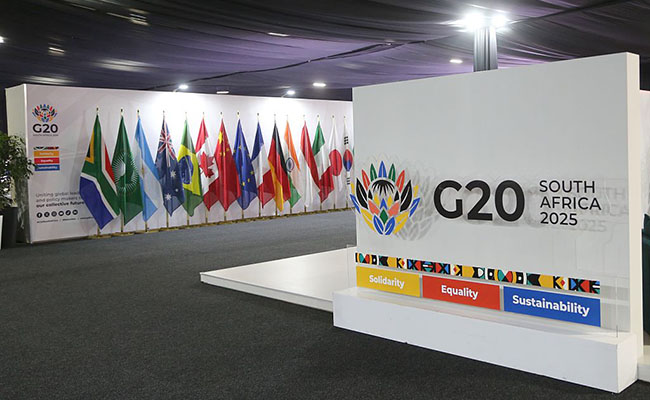In a world where economic forecasts are usually as cheerful as a weather report from Mordor, it’s almost startling to find the World Bank’s Africa’s Pulse (October 2025 edition) quietly revising growth upward. Yes – upward.
Sub-Saharan Africa, the region long typecast as the plucky underperformer of global growth theatre, is now projected to expand by 3.8% in 2025, up from 3.5% this year, and to hit a brisk 4.4% by 2026-27.
Thirty of 47 African economies have had their growth forecasts upgraded – a statistical event so rare that economists should probably bottle it and sell it as an optimism tonic. The World Bank attributes this unexpected lift to improving terms of trade, a gentle strengthening of currencies and, crucially, falling inflation – now down to a regional median of about 4%.
In the tortured logic of macroeconomics, this allows central banks to ease interest rates, which in turn gives households the giddy idea of spending again. Add a sprinkling of private sector investment and – voilà – Africa suddenly looks like the only continent not actively trying to talk itself into recession.
But perhaps the real story lies in what didn’t happen: the world didn’t collapse. The much-feared fallout from US tariff hikes turned out to be a geopolitical paper tiger, and Africa, with its low trade exposure to America, has quietly sailed through the storm. The weaker dollar and lower import prices for oil and food have actually flattered local balance sheets. If you’re an African finance minister, this is as close to macroeconomic champagne as it gets.
Still, you can sense a background nervous twitch. Growth, the publication notes, is “insufficient to lead to significantly reduced extreme poverty”. Per-capita income is growing at just 1.3%, and poverty rates remain north of 48% by 2027. Nearly half of African economies are at high risk of debt distress.
The bank says Africa’s traditional growth model, rooted in small firms and informal labour, is just not cutting it. It calls for an industrial ecosystem of medium-sized and large firms capable of absorbing the continent’s new workers, which will total an astounding 620-million pretty soon. A one percentage-point increase in GDP yields only a 0.04 percentage-point rise in wage employment, the authors write.
The bank lists a whole lot of caveats of course – climate shocks, conflict, debt and “governance challenges” (its genteel phrase for state dysfunction) remain real. Yet, for once, Africa is defying the dismal.
Sign up to Currency’s weekly newsletters to receive your own bulletin of weekday news and weekend treats. Register here.












